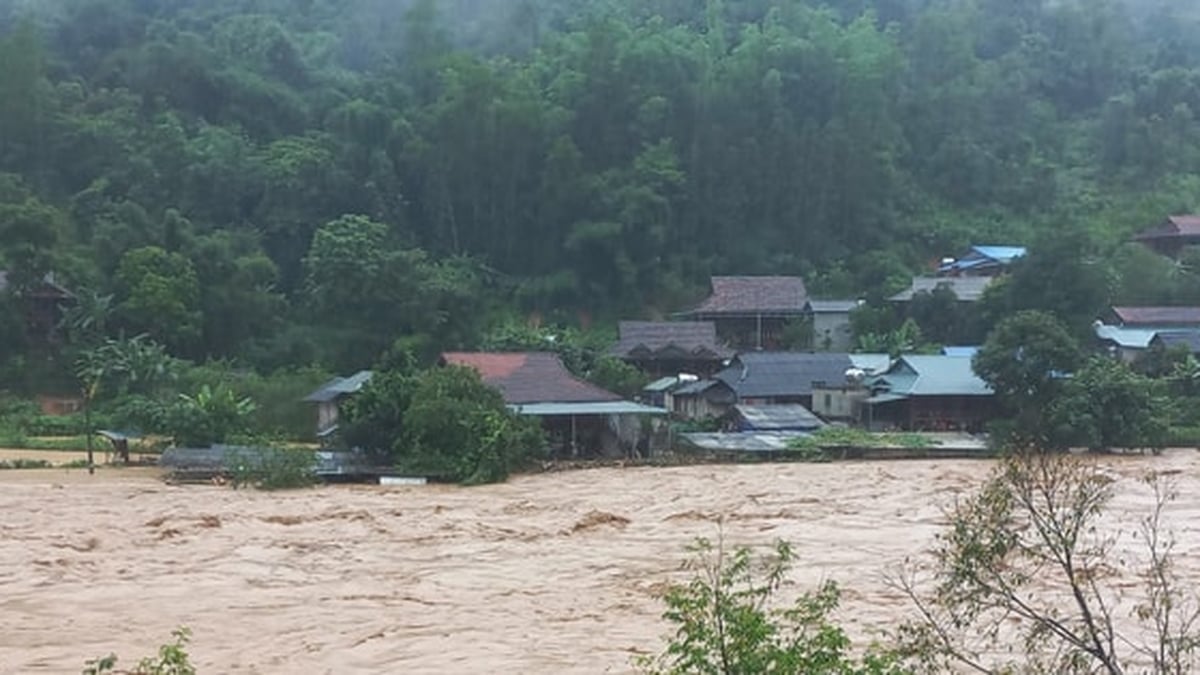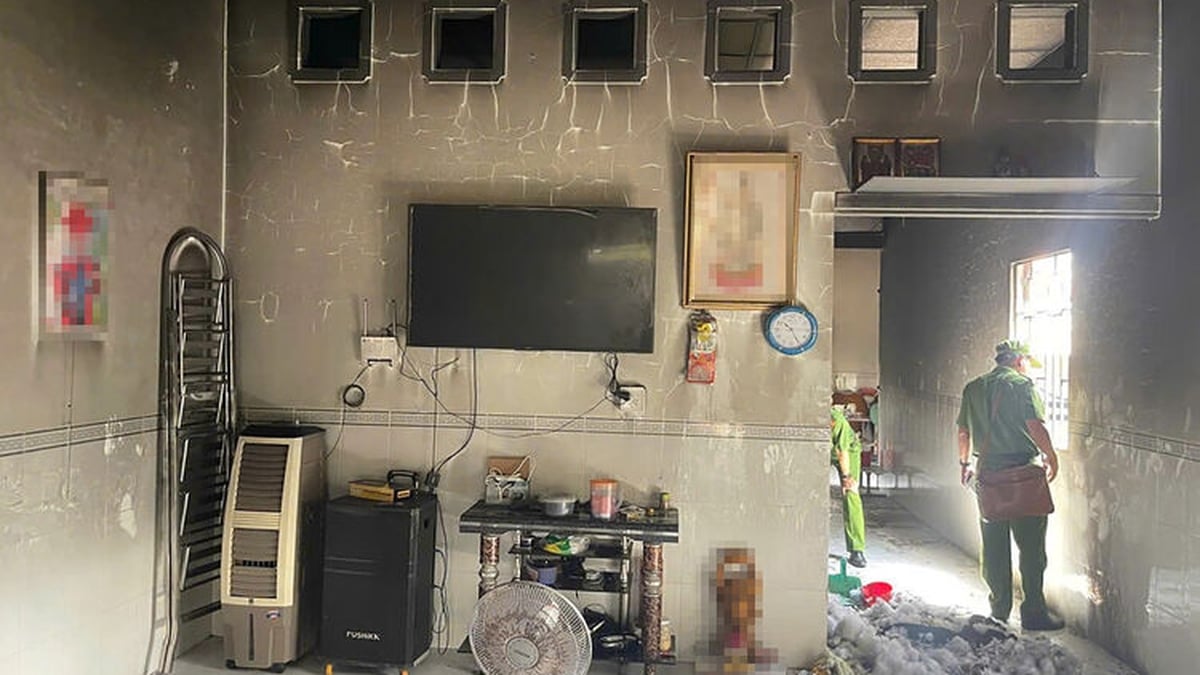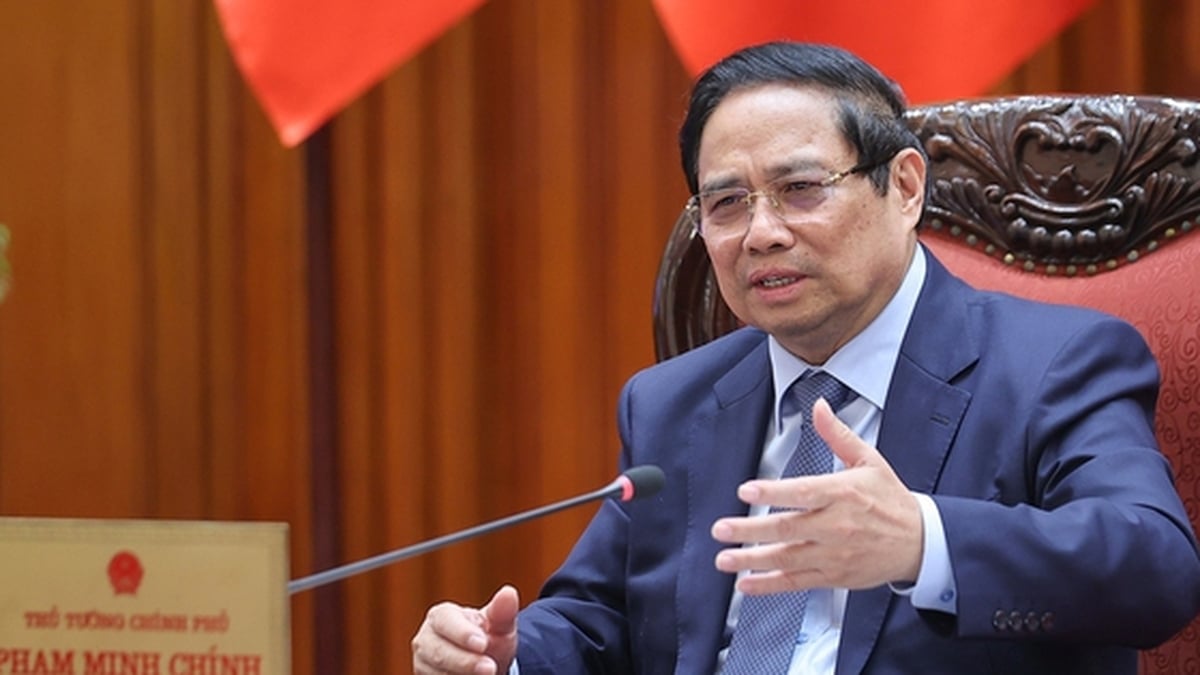For example, with the current electricity market model, Vietnam Electricity (EVN) is the only unit that buys electricity, but the PPA lacks clear “take-or-pay” terms, which means that EVN may not be able to buy all the output of the plant due to objective factors such as heavy rains, which prioritize cheap hydropower, limited transmission lines, or even a decrease in electricity demand that requires a corresponding reduction in supply…
In addition, there are times when the announced electricity purchase price frame uses Vietnamese Dong (VND) as the payment currency and does not take into account fluctuations in foreign exchange rates, which can easily cause risks in foreign currency loans from international credit institutions.
Therefore, there are international credit organizations that cannot rate the credit of renewable energy projects in Vietnam at an acceptable level for disbursement.
In a report related to this field, the World Bank commented that 82% of international energy investors rated Vietnam as a market with “potential, but high risk”, mainly due to the lack of “bankability” of PPAs.
The Asian Development Bank (ADB) 2024 report also points out that only about 15% of renewable energy projects in Vietnam can access long-term foreign currency loans from international financial institutions, mainly thanks to guarantees from development funds. Most other projects have to borrow in local currency with interest rates 3-5 percentage points higher. In terms of the legal framework for green finance, the problem is said to lie not in the lack of projects, but in the lack of a separate legal framework for Direct Power Purchase Agreements (DPPAs) between investors and large electricity consumers.
Previously, information about DPPA was expected by many investors to be a factor in unlocking private capital flows in the coming years. Vietnam is even expected to attract the largest “green” capital flows in the region thanks to its large offshore wind and solar power potential (approximately 475 GW and 205 GW, respectively). However, BloombergNEF statistics (2024) show that the total value of green bonds and green loans for Vietnam’s energy sector will only reach 1.9 billion USD in 2023, much lower than Thailand (4.6 billion USD) and Indonesia (3.2 billion USD).
Statistics also show that by the end of 2024, the whole country will have only about 20 projects granted international carbon credits (CER/VER), while in Thailand there are nearly 200 projects and in Indonesia there are more than 300 projects participating in the voluntary and mandatory carbon market.
The above reality makes the target of mobilizing 135 billion USD in investment in the electricity sector as set out in the Power Plan VIII and the adjusted Power Plan VIII for the 2021-2030 period, contributing to realizing the goal of energy transition in Vietnam, of which about 75% needs to come from the private sector, very challenging.
Another challenge is that new energy projects such as offshore wind power, hydrogen power, energy storage and hybrid (PV+Battery) are high-tech, have long payback periods and high investment risks. There is currently no standard investment rate for each type of new energy by region, according to terrain - infrastructure - oceanographic conditions. Meanwhile, the International Energy Agency also believes that in the offshore wind power sector alone, if there is a stable PPA mechanism, Vietnam can attract 25-30 billion USD of private investment in the period 2025-2040.
The above reality requires the need for clearer mechanisms and policies in energy investment and development. Only then can we attract tens of billions of USD in private and international investment capital to serve the energy transition in Vietnam, thereby achieving the goals in the National Strategy on Green Growth, in the Power Plan VIII and the revised Power Plan VIII. Inevitably, this is also an important factor contributing to the successful implementation of the net emission reduction target that Vietnam committed to at the 26th Conference of the Parties to the United Nations Framework Convention on Climate Change (COP26).
Source: https://baodautu.vn/thach-thuc-trong-chuyen-dich-nang-luong-d345658.html




































































































Comment (0)